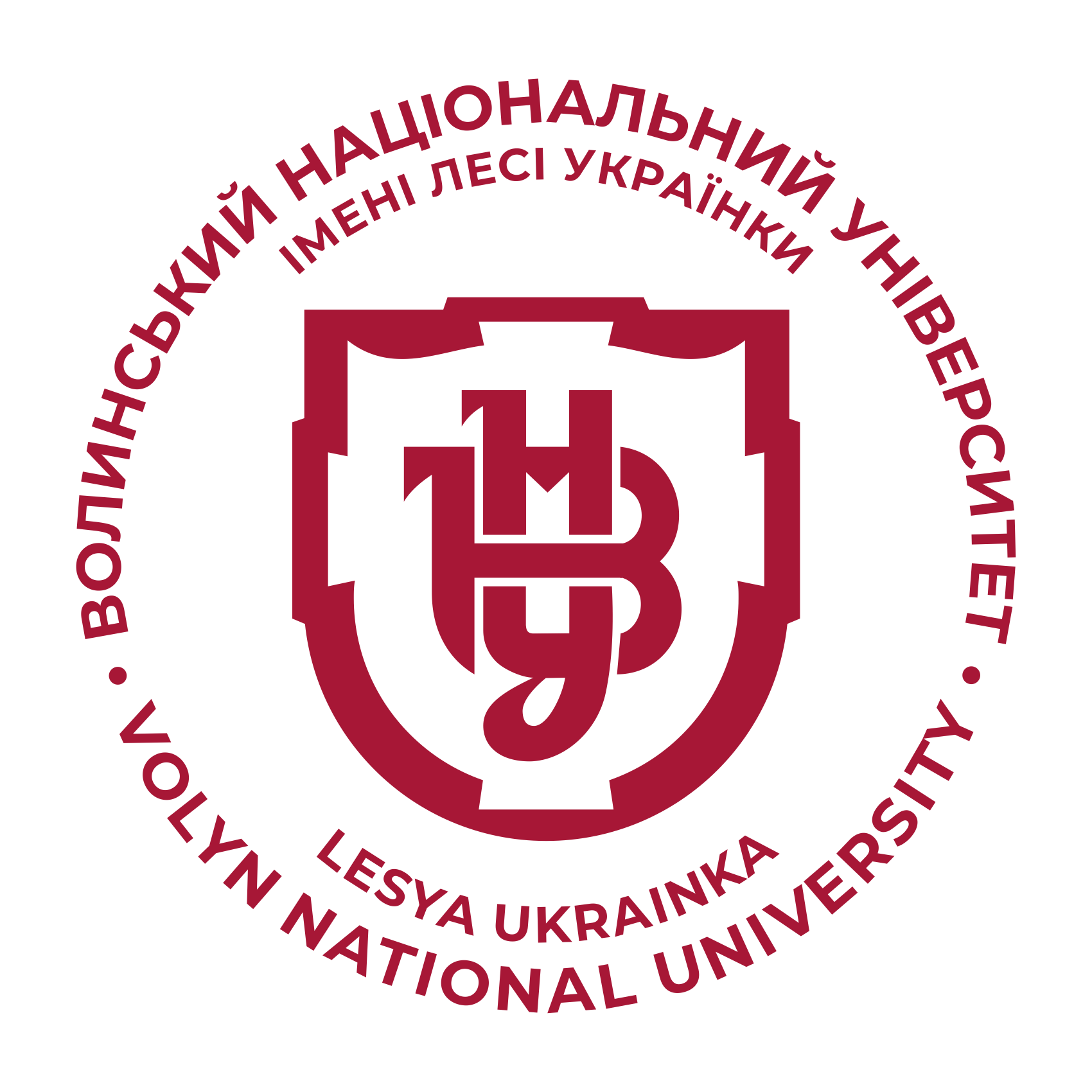A Strategic Management and Modern Going Development of Personnel of Enterprise is Near the Evaluation of His Level
DOI:
https://doi.org/10.29038/2411-4014-2015-02-33-39Keywords:
strategic management, development of personnel, evaluation of the personnel development level, strategic management of enterprice personal development, strategy of personnal developmentAbstract
In the article the different approaches to interpretation of the content and compo-nents of the personnel development process are considered; the basic tasks of the personnel strategic development are exposed as far as approaches concerning methodical support of complex evaluation of the development level of the enterprise personnel. Principles of the personnel development are distinquished. Following of these prinsiples are able to provide all-round of modern business skills of personnal and to improve coordinated strategy of personal deve-lopment according to enterprise goals.
In the article the necessity of study of personnel strategic development is proven as modern direction of opening and perfection of human potential in accordance with the existent and potential tasks of enterprise and LED, that the strategically oriented management development of workers.
The stages of procedure of complex evaluation of the personnel development level are selected, the successive observance of which allows to connect the elements of quantitative and qualitative estimation and will allow to define more exactly backlogs of the labour potential developmen and to connect harmoniously the necessity of the personnel development with the strategic aims of the enterprise activity.







